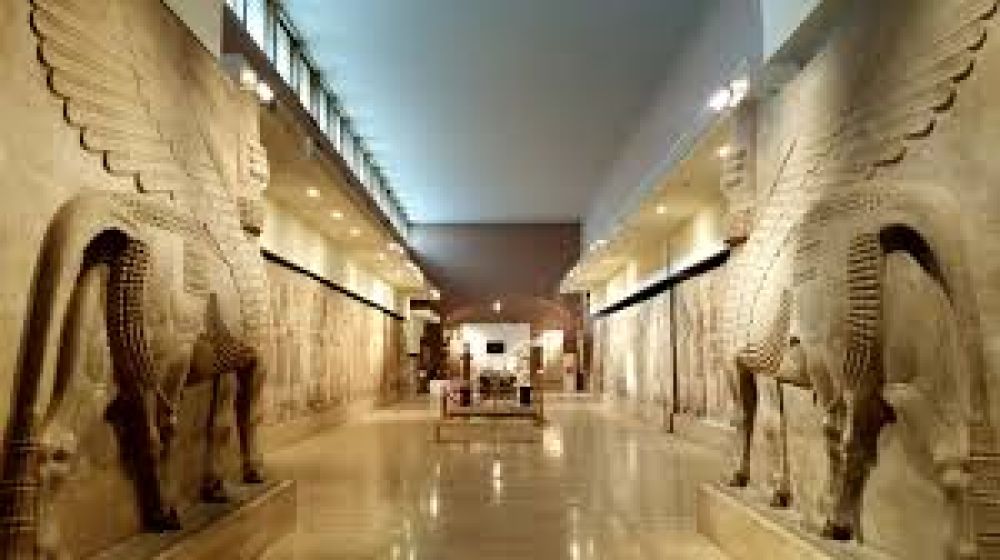

Located in the heart of Baghdad, the National Museum of Iraq is a repository of ancient Mesopotamian civilization. It is one of the most important archeological museums in the world, boasting a vast collection of artifacts that span over 5,000 years of history. The museum's story begins in the early 20th century, during the British mandate in Iraq after World War I.
The National Museum of Iraq was officially inaugurated in 1926 as the Baghdad Antiquities Museum. Its initial mission was to preserve and display artifacts from ancient Mesopotamia, encompassing the history and culture of the Sumerians, Akkadians, Babylonians, Assyrians, and Persians. The museum's establishment followed extensive archeological excavations in Iraq, which unearthed treasures that highlighted the need for a national institution to safeguard these priceless artifacts.
Over the years, the museum has witnessed significant highs and lows, with tourism fluctuating due to various historical events. The Iran-Iraq War in the 1980s and the Gulf War in the early 1990s severely affected tourism to Iraq, including visits to the museum. A pivotal moment in the museum's history occurred in 2003, following the US-led invasion of Iraq, when the museum was looted, and thousands of artifacts were stolen or destroyed, which dealt a massive blow to cultural heritage tourism.
In response to this event, international efforts were made to recover lost artifacts, and the museum underwent renovations. It reopened for a brief period in 2003 and then again more formally in 2009. The museum's reopening marked a significant step in the rebirth of cultural tourism in Iraq, drawing attention from academics, historians, and tourists worldwide.
Today, the National Museum of Iraq is a centerpiece of cultural tourism in Baghdad, attracting visitors interested in learning more about early civilization. The museum now hosts over 15,000 artifacts that have been recovered since 2003. The museum’s renaissance is an indication of a broader trend in Iraq towards stabilizing the security situation and promoting cultural and historical assets to boost tourism.
The current tourism trend emphasizes sustainable and responsible travel, where tours are often led by local experts and historians who can offer in-depth insights into the artifacts and their significance. Additionally, there is growing interest in virtual tourism, and the National Museum of Iraq has begun to embrace this trend by offering online exhibits and virtual tours to reach a global audience.
Security remains a concern for potential tourists, but the increasing stability in certain regions and the government's efforts to protect and promote its heritage sites have begun to shift international perspectives. As a destination, Baghdad is gradually repositioning itself, and the National Museum of Iraq is at the forefront of this transformation.
Baghdad continues to work towards enhancing its tourism infrastructure with the goal of easing access to historical sites like the National Museum of Iraq. There is optimism about the future of tourism in Iraq as both the government and international organizations continue to invest in the preservation and promotion of Iraq's ancient treasures. The National Museum of Iraq offers a unique opportunity for visitors to connect with the cradle of civilization and gain an appreciation for the rich tapestry of human history it represents.